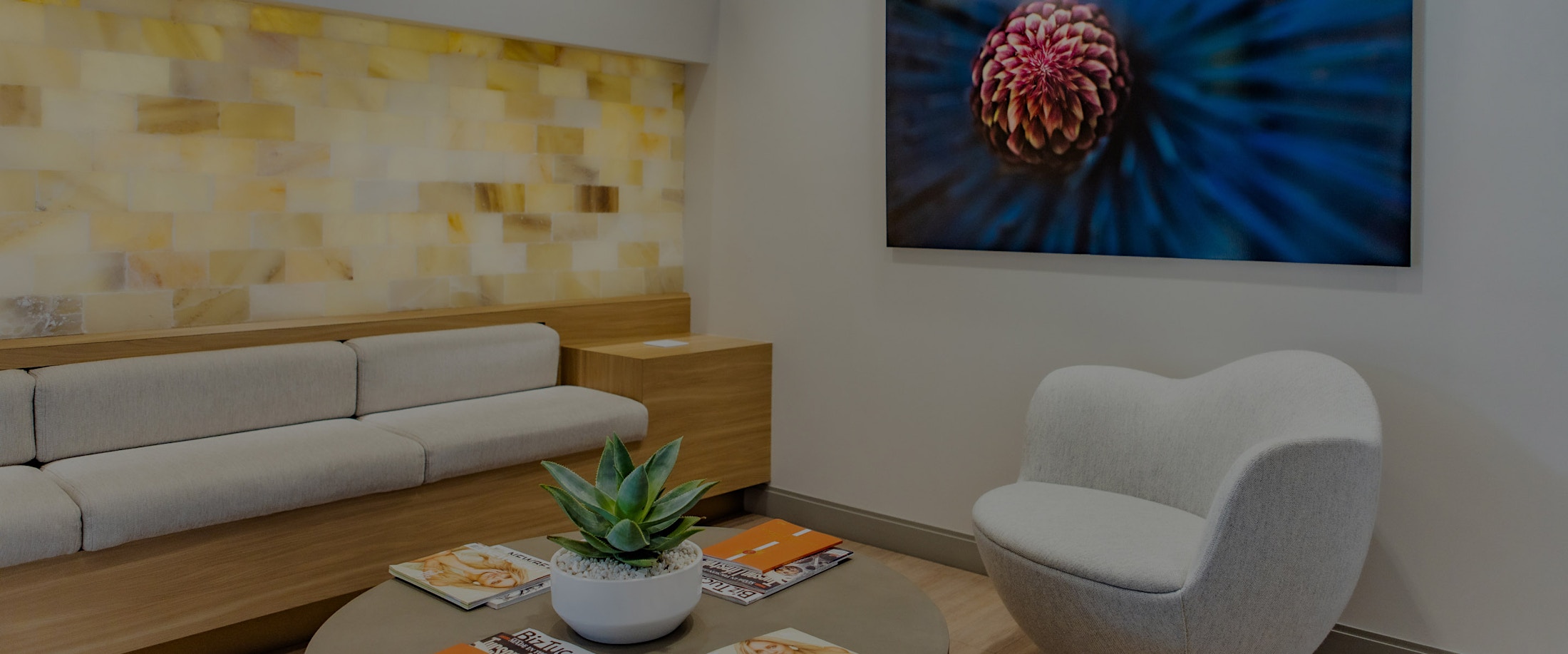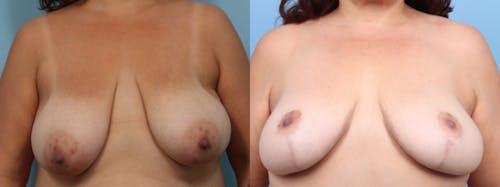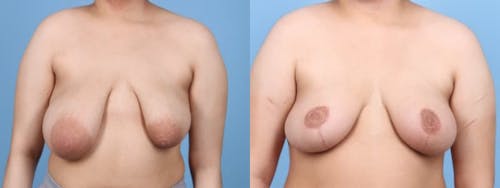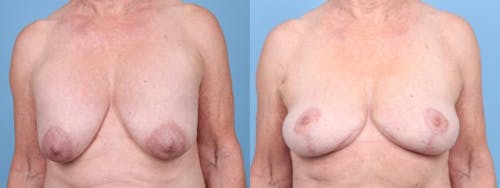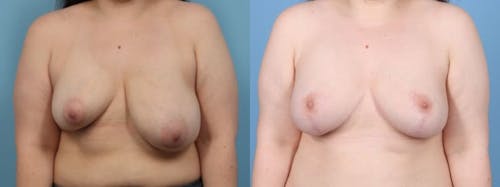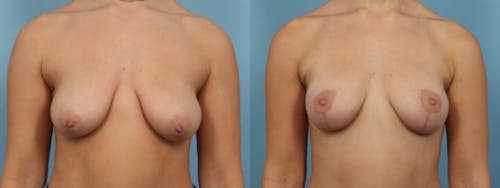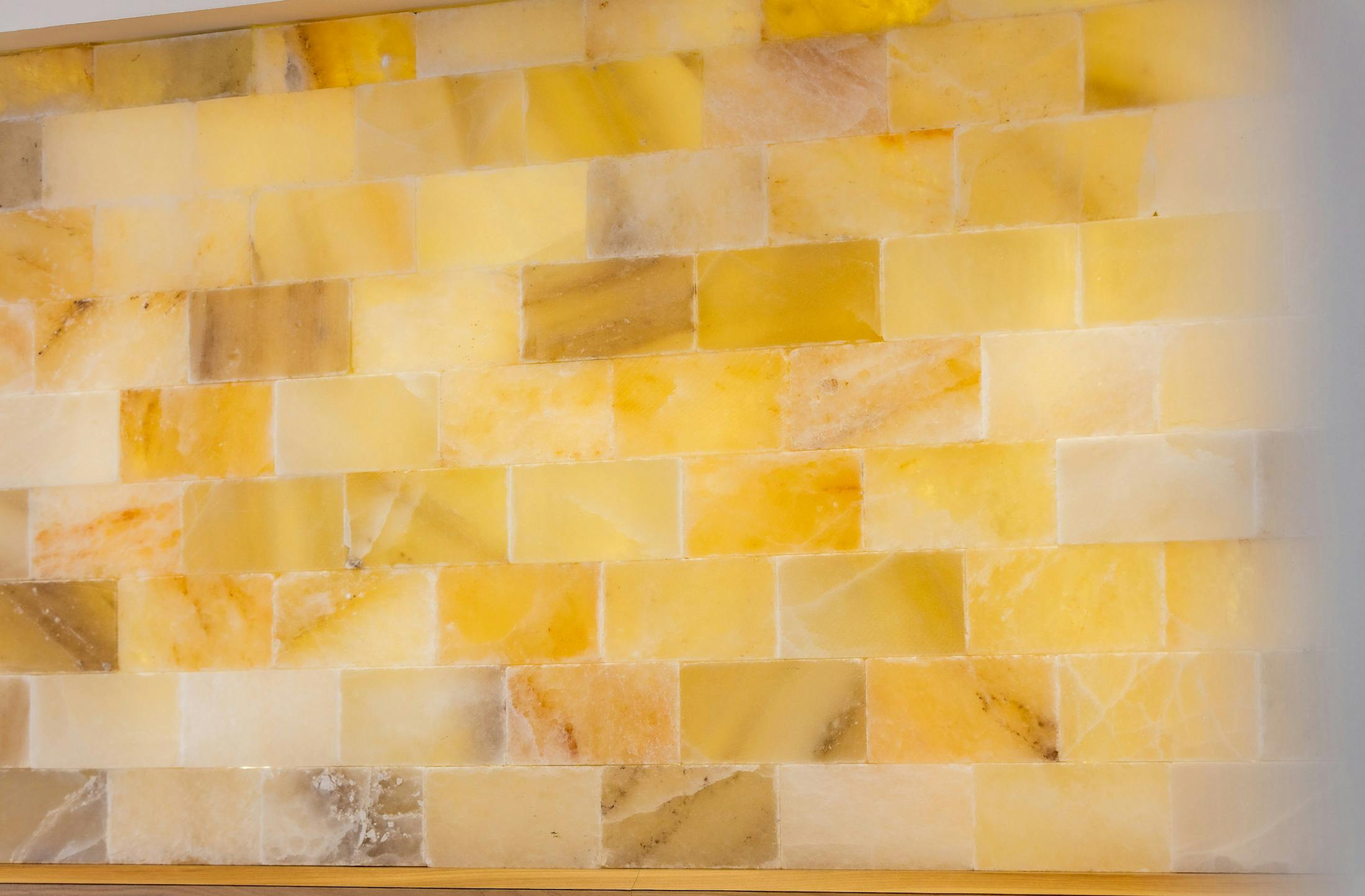Enhance your natural shape with breast fat grafting, a subtle way to add volume and contour using your body’s own fat. This approach allows for gentle augmentation without implants, providing a soft, natural look.
What is Breast Fat Grafting?
The body naturally changes with age, hormonal shifts, and gravity, sometimes affecting breast volume and shape. Fat transfer to the breasts offers a natural enhancement by using liposuction to harvest fat from areas such as the abdomen, thighs, or back. This technique is ideal for women seeking a modest increase in breast size with natural-looking results, avoiding the need for implants. The advantages of fat transfer for breast enhancement include the following:
- Achieves natural-looking breast volume and shape
- Uses your body’s own fat, avoiding synthetic implants
- Reduces fat in donor areas for enhanced body contour
- Provides a soft, natural texture to the breasts
- Offers a long-lasting solution with minimal scarring
- Supports proportionate, balanced body aesthetics
- Lowers the risk of allergic reactions or implant complications

